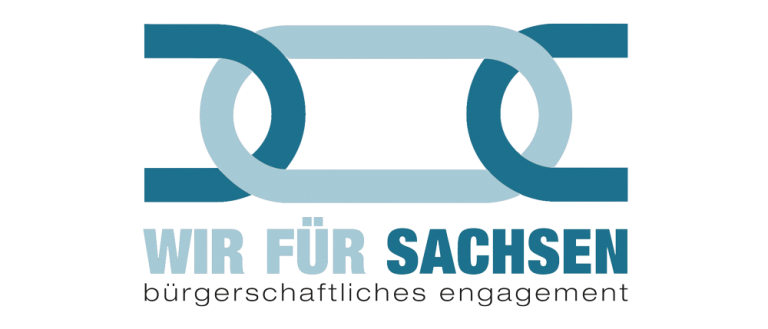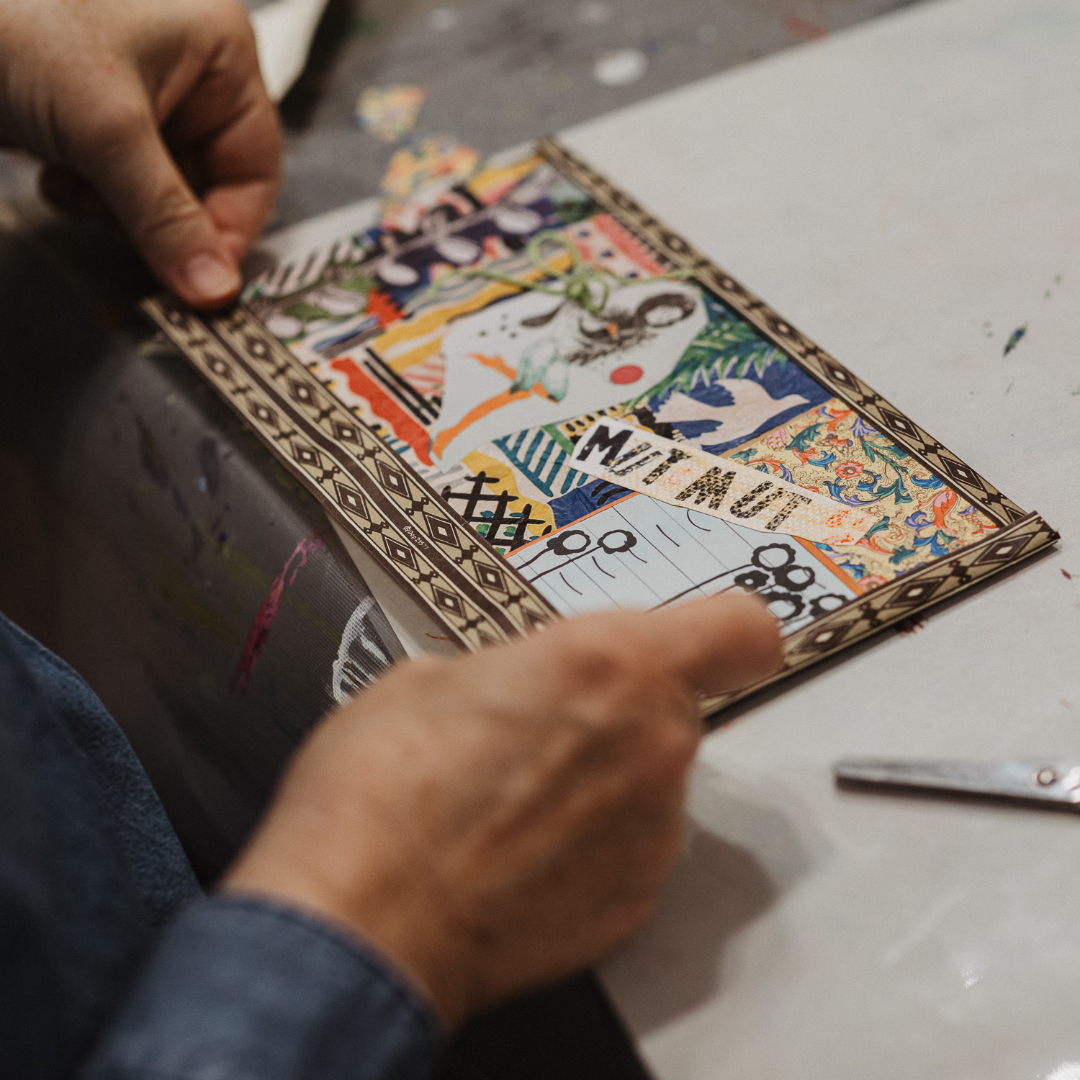
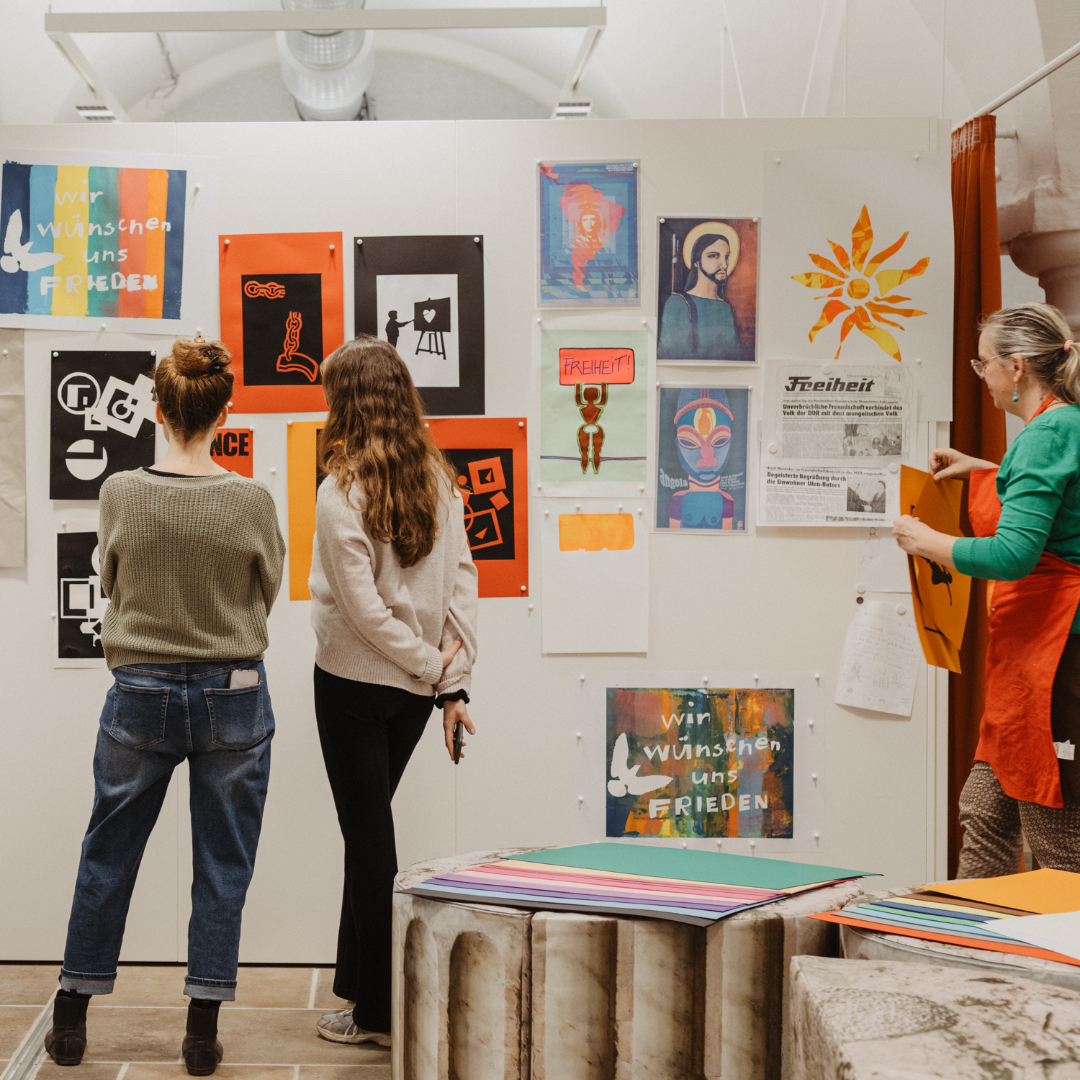
ostZONE continues! – In the second half of 2024, we will be offering three new screen printing workshops with Moussa Mbarek and Yulia Vishnichenko. There will also be another photo embroidery workshop with Bela Álvarez!
Events · Contemporary witnesses and artists · Revolutionary Romances? · Contact
Upcomic events
Past events
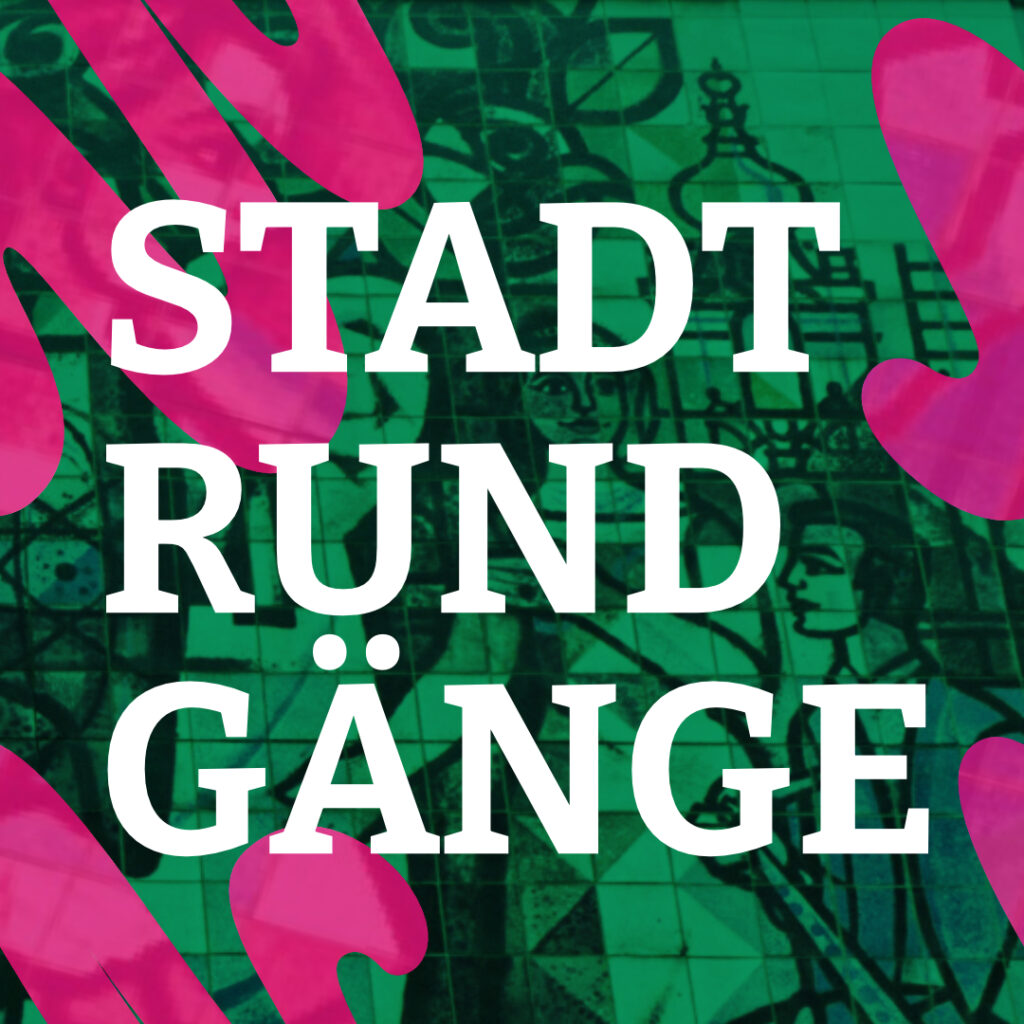

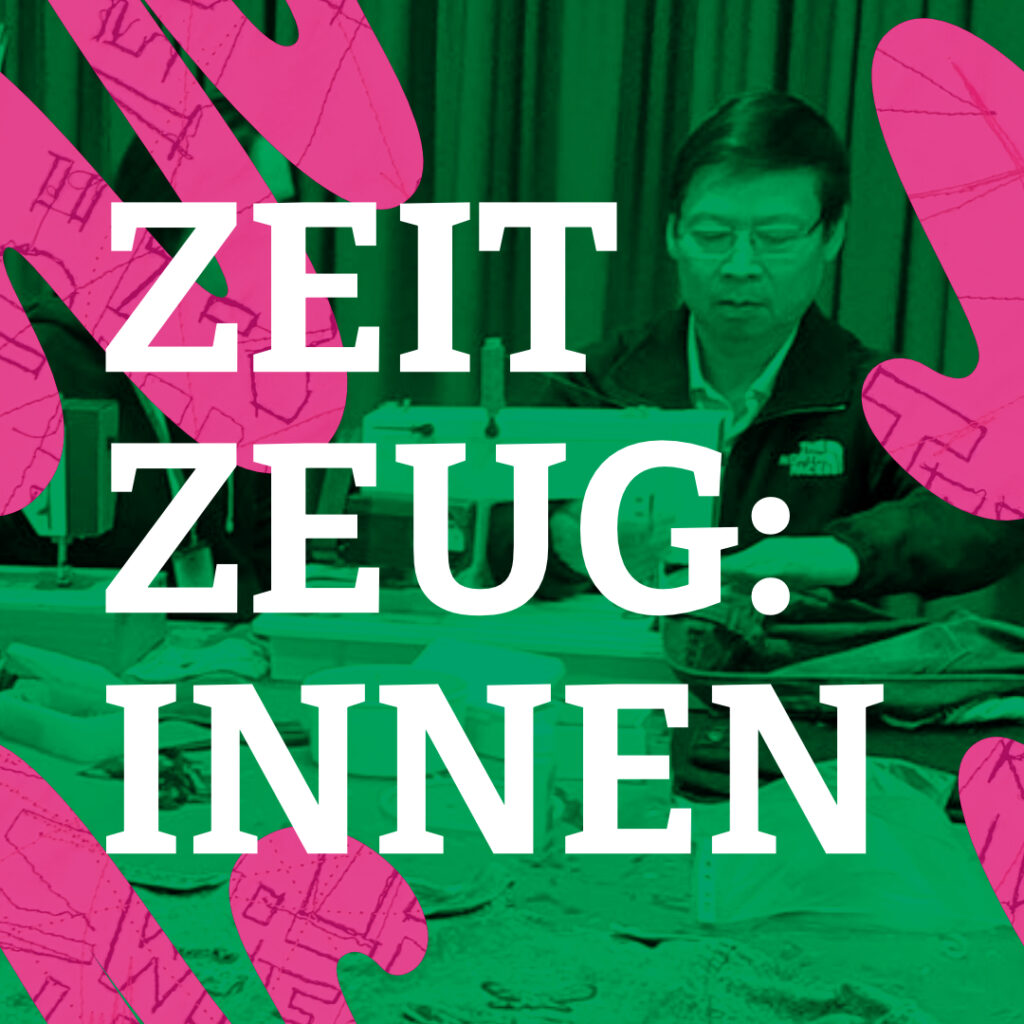
Get to know and try out political art forms – such as mail art or screen printing – in workshops. Talks with contemporary witnesses and city walks convey global perspectives, GDR life stories and (hidden) places outside the museum.


What was everyday life like for contract workers or international students in the GDR? How do artists express themselves in repressive systems?
The contract workers, international trainees and students who arrived during the GDR era are living here in the second and third generation. Their history and present are not present. This is where ostZONE comes in: we offer space for questions and joint remembrance – different life paths in GDR history come into conversation. The Albertinum becomes a place of encounter!

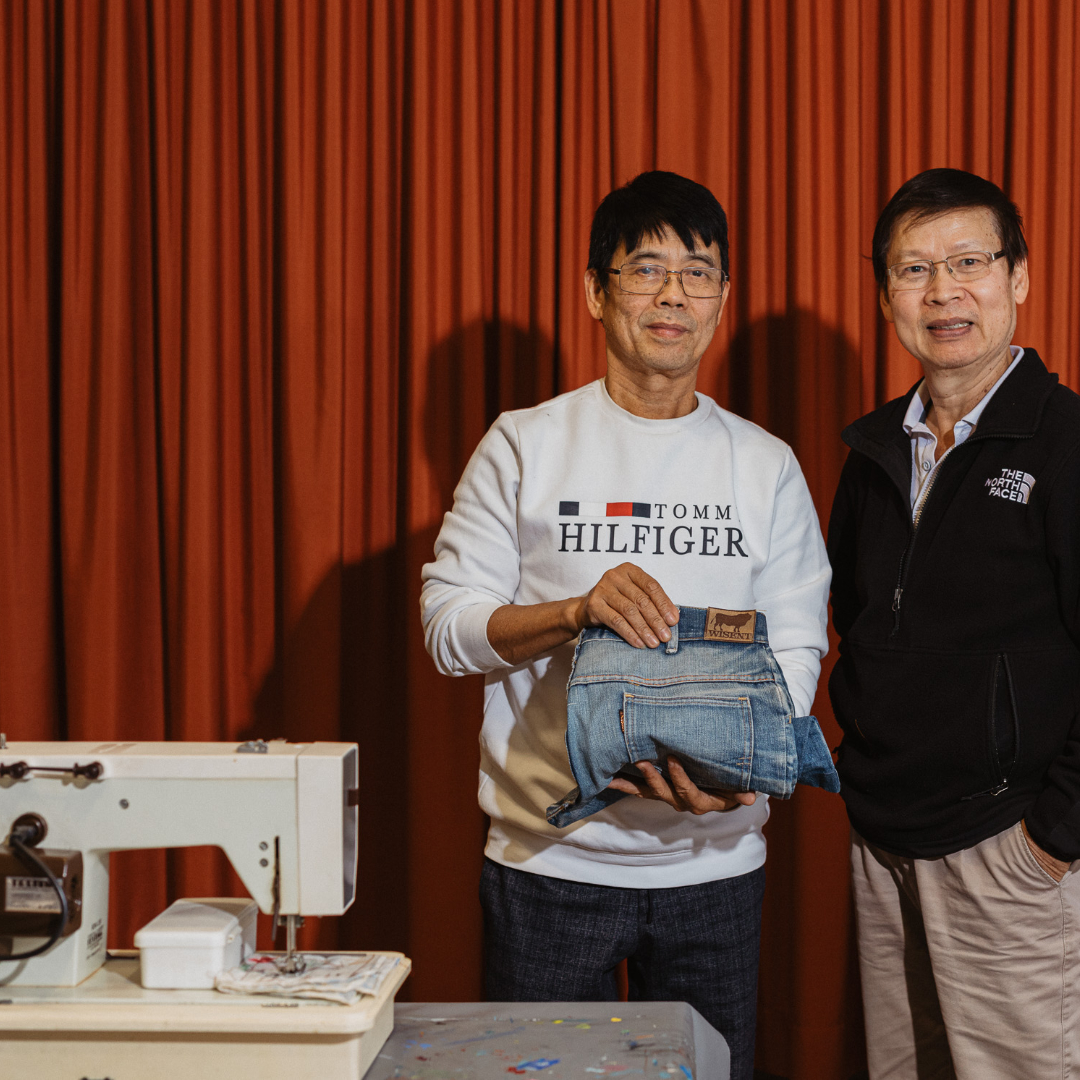
Contemporary witnesses and artists
Come by: In the ostZONE we ask and remember together. In an exchange between generations and cultures about the past and present, we want to get to know and share experiences: intergenerational and intercultural, from former contract workers (e.g. from Vietnam or Mozambique), from people who have moved here since 1989 (e.g. from Libya or Mexico), from people from Dresden with and without a GDR background.
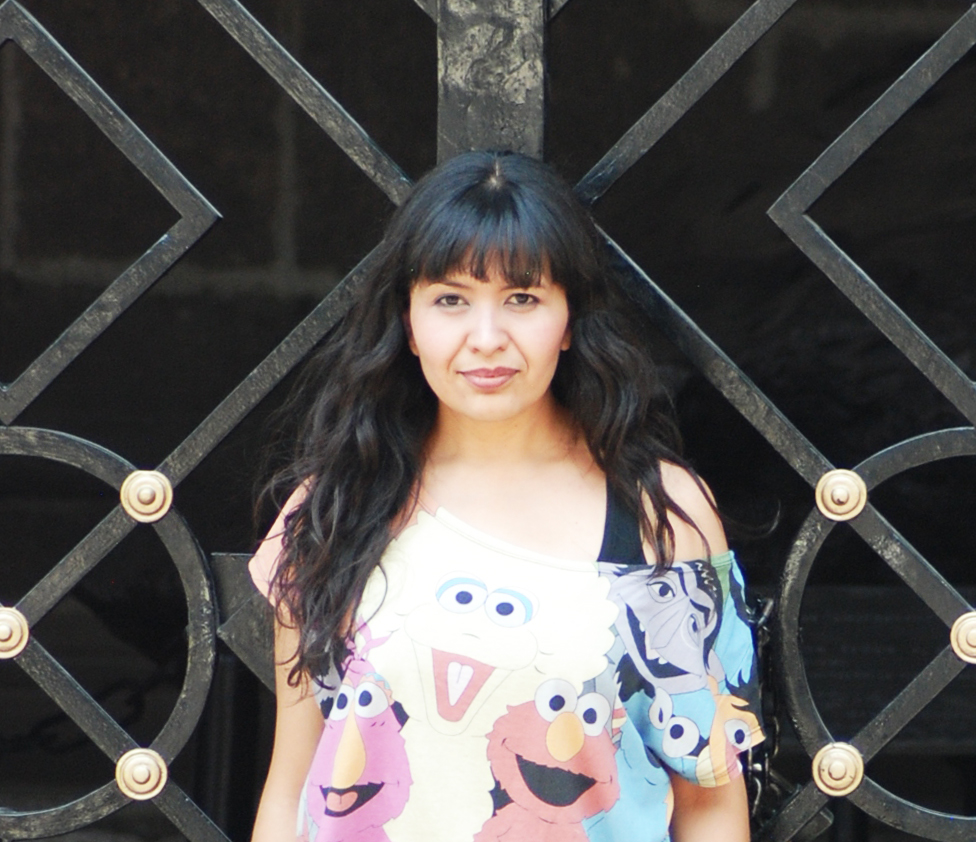
Bela Álvarez | artist
… is Mexican, industrial designer, visual artist and migrant.
She lived in Mexico City until she decided to move to Dresden, which changed the course of her life. In a suitcase weighing 23 kilos, she stored what helped her start a new story.
As a designer, she is a multidisciplinary person. Professionally, she worked in advertising for several years but had no passion in this field. Later she worked as a props designer for stop-motion animated films and in the design and production of vinyl toys.
When she changed residence, she also changed her perspective on the materials she worked with and started working with paper, which was the only thing she had available at the time, hence her interest in continuing to work with such a flexible material.
Currently she has a project called Fantastic where she creates figures, short or unique series of digital illustrations, masks and characters on paper, she also gives workshops for children and adults.
She has had the opportunity to appear in publications and present her work in Mexico, the US and Germany in individual and group formats.
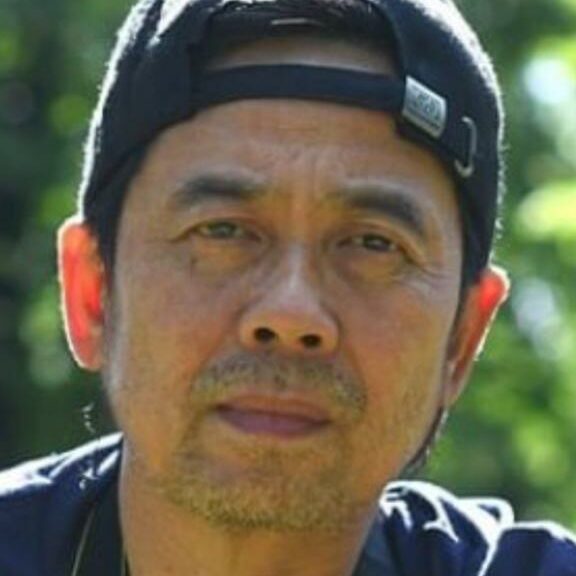
Hung Cao The | contemporary witness
…
came to Freital in 1979 as a contract worker at Kombinat KOB (children’s outerwear) – and stayed. He got to know and master the work and the language. Eight years later he was already working as a foreman and mediator in the factory.
That he stayed was not a matter of course. When the GDR became history, the Vietnamese were virtually out on the street. With no prospect of organisational help from the new Germans, but above all from their own government, many Vietnamese left Germany again. Those who stayed learned to organise themselves. They learned to trade while they traded.
Why did Hung stay when everything became more difficult after the fall of communism? Out of sympathy and gratitude towards the GDR. Hung had got everything he had dreamed of here. When it was all over, he wanted to stay. Dresden was his home, after all.
Hung is active in Afropa e.V.
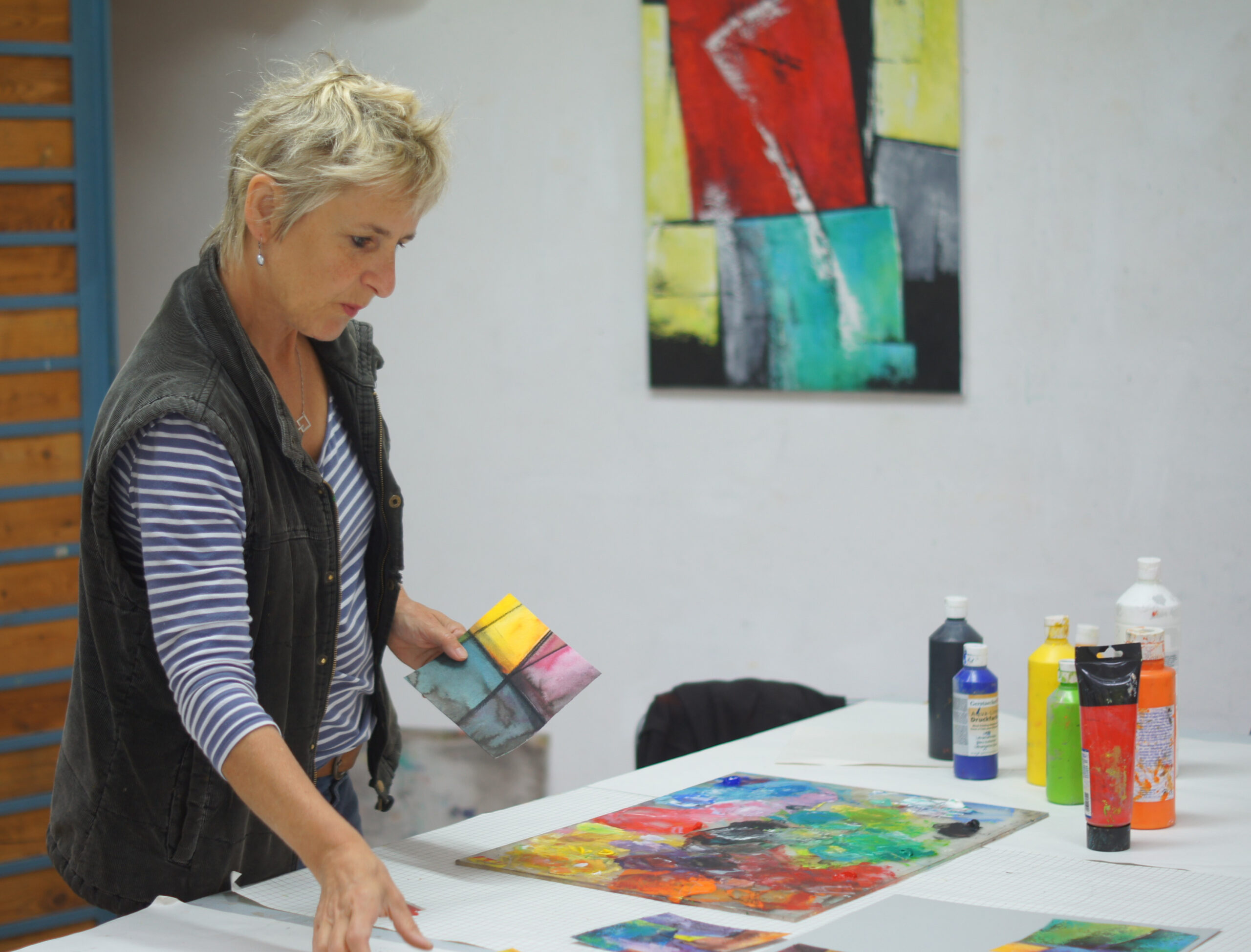
Janina Kracht | artist
… born 1964 in Dresden, lives and works since 1998 as a freelance artist with a fascination for colour and form in abstract compositions. She lives in Dresden.
Since 1998 she has been working in the Atelierhaus Kunst+Bau in Dresden – a place of great importance for the art in building – history of the GDR. The association Freie Akademie Kunst+Bau e.V., which is based there, has made an important contribution to the art historical reappraisal of GDR art with numerous publications, exhibitions and events on this subject.
Janina Kracht heads the Freie Akademie Kunst+Bau e.V. and has been committed to the preservation of artworks from this period for years.
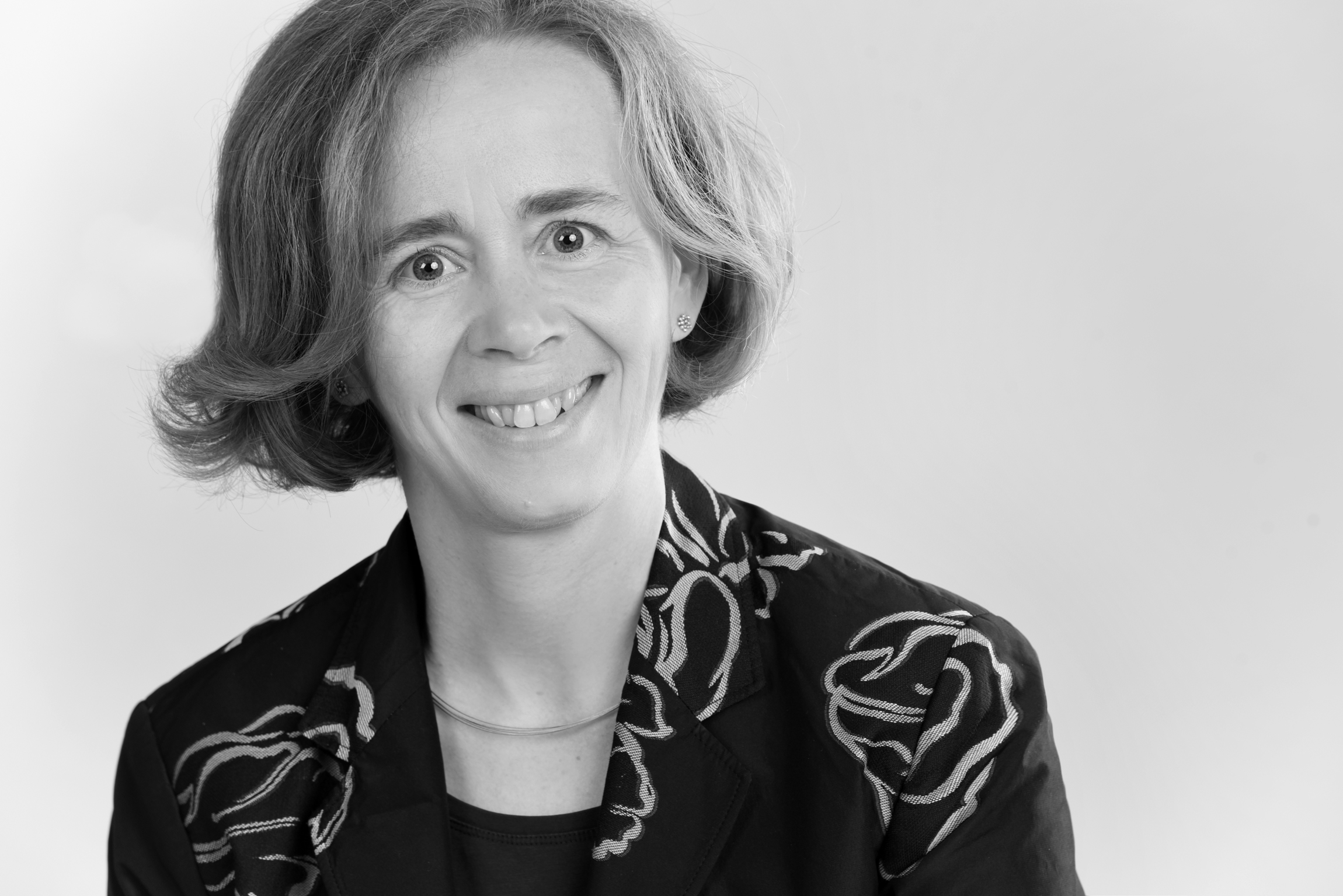
Julia Eberth | Communication expert
… works as an editor in Dresden. She has a long-standing fruitful collaboration with the artist Marí Emily Bohley in the field of art education. Julia Eberth is a member of the artist group “Papiergeflüster” (Paper Whispers), in which hobby artists with a love of paper and writing have joined forces. They work with classical scripts and create calligraphic elements. Most recently, the group presented itself at the 11th Art Summer in Moritzburg.
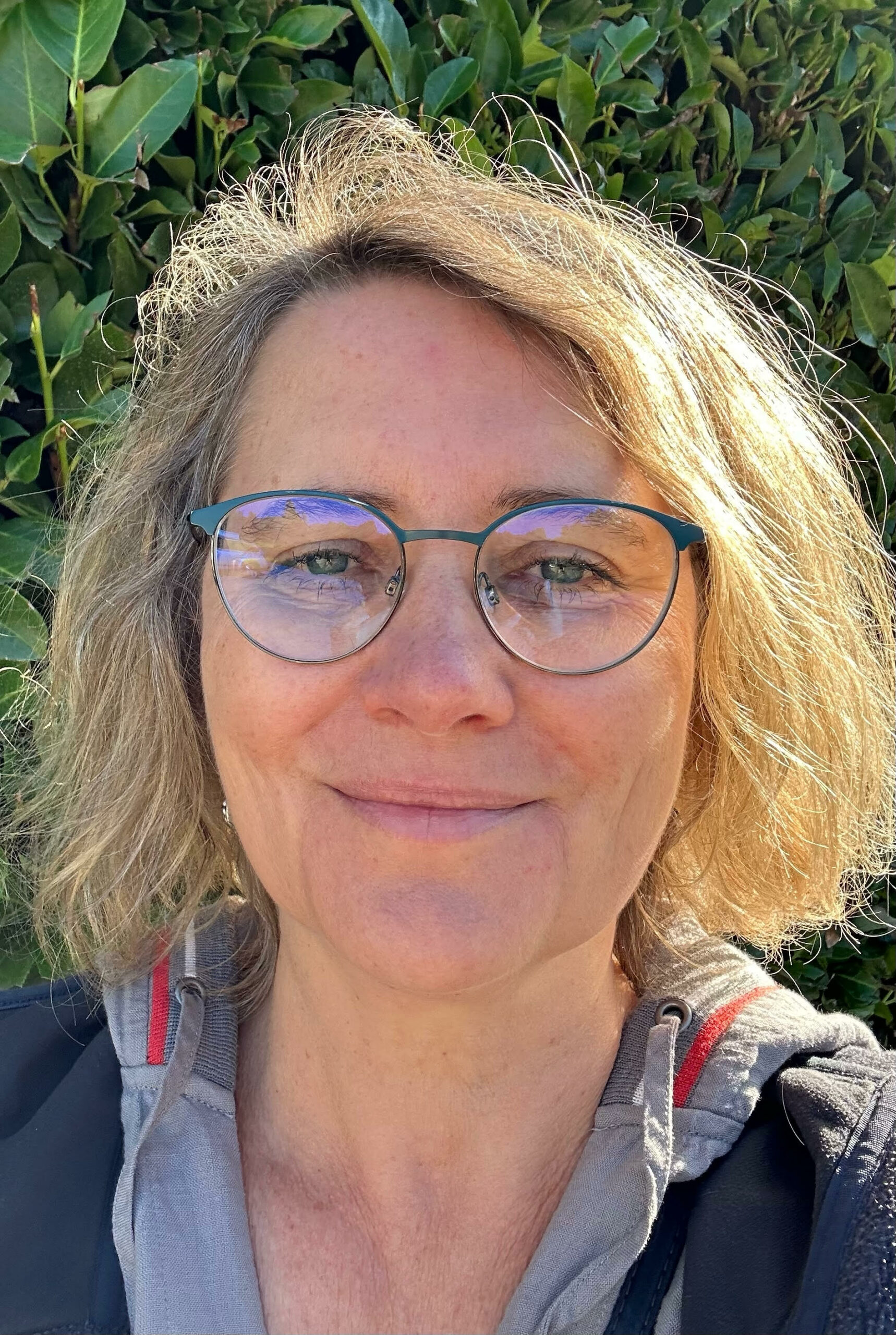
Marí Bohley | artist
… was born in Görlitz in 1973 and grew up in Halle/Saale. Marí Bohley always wanted to become a bookbinder. But after setting out for freedom in 1989, she first took advantage of the opportunities that had been closed to her until then. She travelled to Morocco, Nepal, Tibet and South America, studied philosophy, art history and social education and finally returned to her first profession, bookbinding. From 1996 to 1999 she studied bookbinding and calligraphy at the Roehampton Institute London with Ewan Clayton and Jen Lindsay. In Dresden she opened her first own studio and shop gallery BLUE CHILD.
In her work and courses throughout Europe, she combines calligraphy and bookbinding in her very own way.

Montserrat Butter | contemporary witness
… came to the GDR from Chile 40 years ago and has lived in Germany ever since.
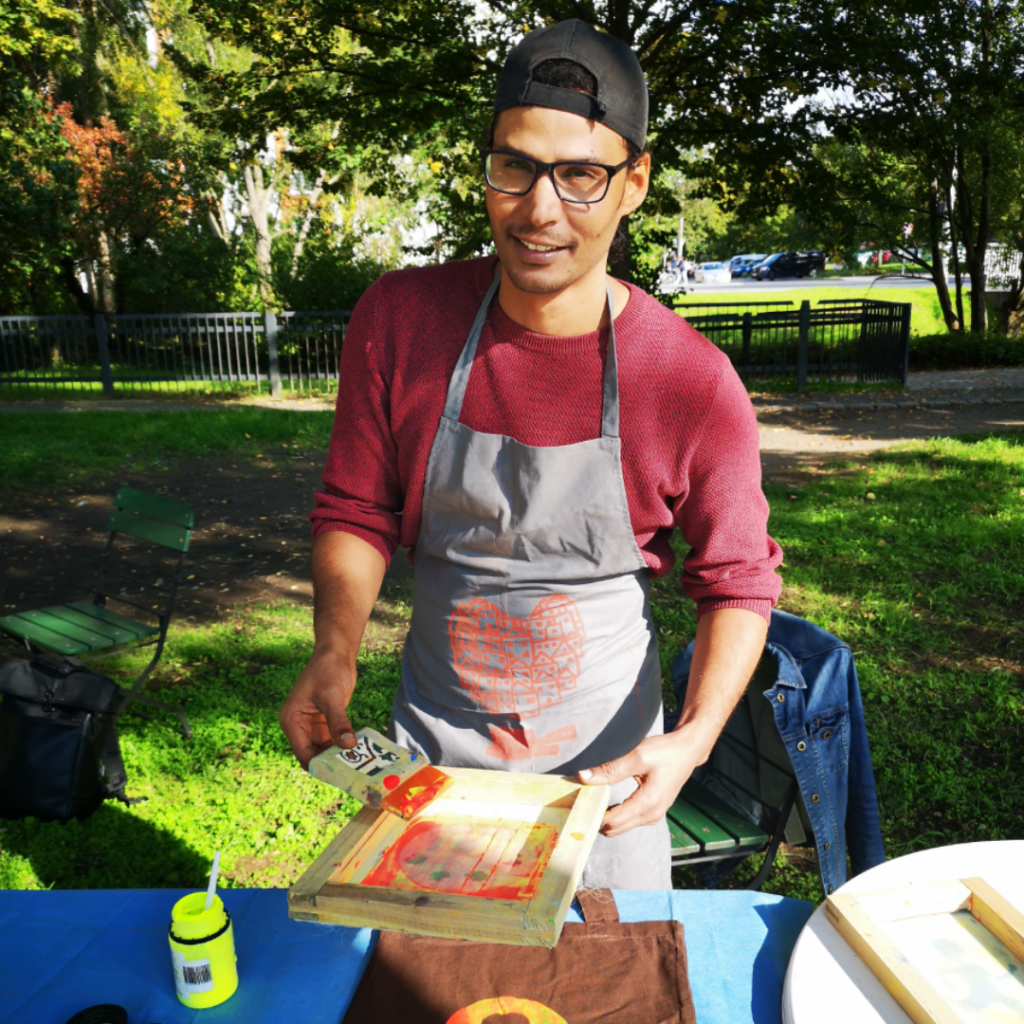
Moussa Mbarek | artist
was born in 1985 in Ubari, an oasis in south-western Libya. As a Tuareg, he was persecuted and imprisoned. He has lived in Dresden since 2015. He studied art foundry and, as a guest student, theatre sculpture at the HfBK Dresden. His work focuses on relief printing, linoleum and wood printing as well as sculpture.
He has curated numerous exhibitions and led many art projects with young people and adults.
Discrimination, statelessness and flight are recurring themes in his artistic work and his political commitment.

Vuong Tuan Hai | contemporary witness
… is a former Vietnamese contract worker

Pham Van Ngoc | contemporary witness
… is a former Vietnamese contract worker
… and other contemporary witnesses and artists
Revolutionary Romances?
The accompanying programme ostZONE – in cooperation with the ethnologist Dr. Verena Böll and the Staatlichen Kunstsammlungen Dresden (SKD) – extends the exhibition Revolutionary Romances? Global Art Histories in the GDR and offers additional space for asking questions and remembering – across generations and cultures.
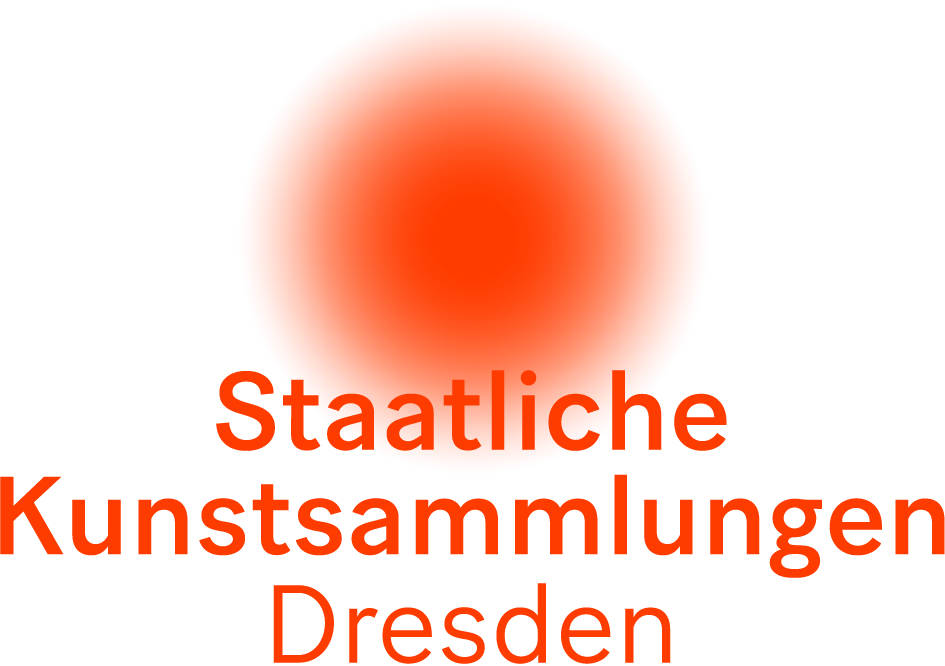
Revolutionary Romances? Global Art Histories in the GDR
An exhibition of the Albertinum in cooperation with the Kupferstich-Kabinett and the Kunstfonds der Staatlichen Kunstsammlungen Dresden
4 November 2023 – 2 June 2024
The exhibition focuses on the ›Revolutionary Romances‹ – the friendly-revolutionary relations – of the GDR with the countries of the Global South. ›Friendship between peoples‹ and ›international solidarity‹ were ideological leitmotifs that not only determined East German foreign policy in Asia, Africa and Latin America, which pursued not only political but also economic interests. They also shaped foreign cultural policy and became important themes in state propaganda and in the visual arts of the GDR. Based on the collection of the Staatliche Kunstsammlungen Dresden (SKD), supplemented by selected loans, the exhibition explores the artistic practice, themes and motifs of these actual and supposed ›Revolutionary Romances‹’, also taking into account postcolonial and critical issues of racism.
On display are over 200 works from the 1950s to the 1980s by artists from the GDR, Cuba, Chile, Vietnam, India, Iraq, Libya, Mozambique and Burma (Myanmar), among others. These include representations of ideals and icons of socialist internationalism, images of solidarity, artistic protest against war and violence in Asia, Africa and Latin America, Cuban revolutionary graphics, travel images, mail art and diploma works by foreign students at the Dresden Art Academy.
In addition to works from the SKD’s collections, international contemporary positions and commissioned works will also be shown, which examine and critically reflect on the former ideals and contradictions of ›solidarity‹ and ›international understanding‹ from a contemporary perspective.
The exhibition is also accompanied by an extensive educational programme on the themes of art and socialism, travel, migration and solidarity.
ostZONE
Workshops, discussions with contemporary witnesses, and city tours on the occasion of the exhibition Revolutionary Romances? Global Art Histories in the GDR at the Albertinum
Period
11.2023-06.2024
Project coordination
Dr. Verena Böll (project management)
Bela Álvarez · Hung Cao The · Jania Kracht · Julia Eberth · Marí Emily Bohley · Montserrat Butter · Moussa Mbarek · Vuong Tuan Hai as well as other contemporary witnesses and artists
Cooperation partners
Staatliche Kunstsammlungen Dresden (SKD)
Supported by
The project is funded by the State Ministry for Social Affairs and Social Cohesion. This measure is co-financed with tax revenue on the basis of the budget approved by the Saxon state parliament as part of the »Wir für Sachsen« funding programme.
ostZONE (2023/2024) is based on our project Treffpunkt ostZONE. Erinnern und gestalten (Kultur Aktiv e.V., 2021) under the direction of Dr. Verena Böll and Elena Pagel.


